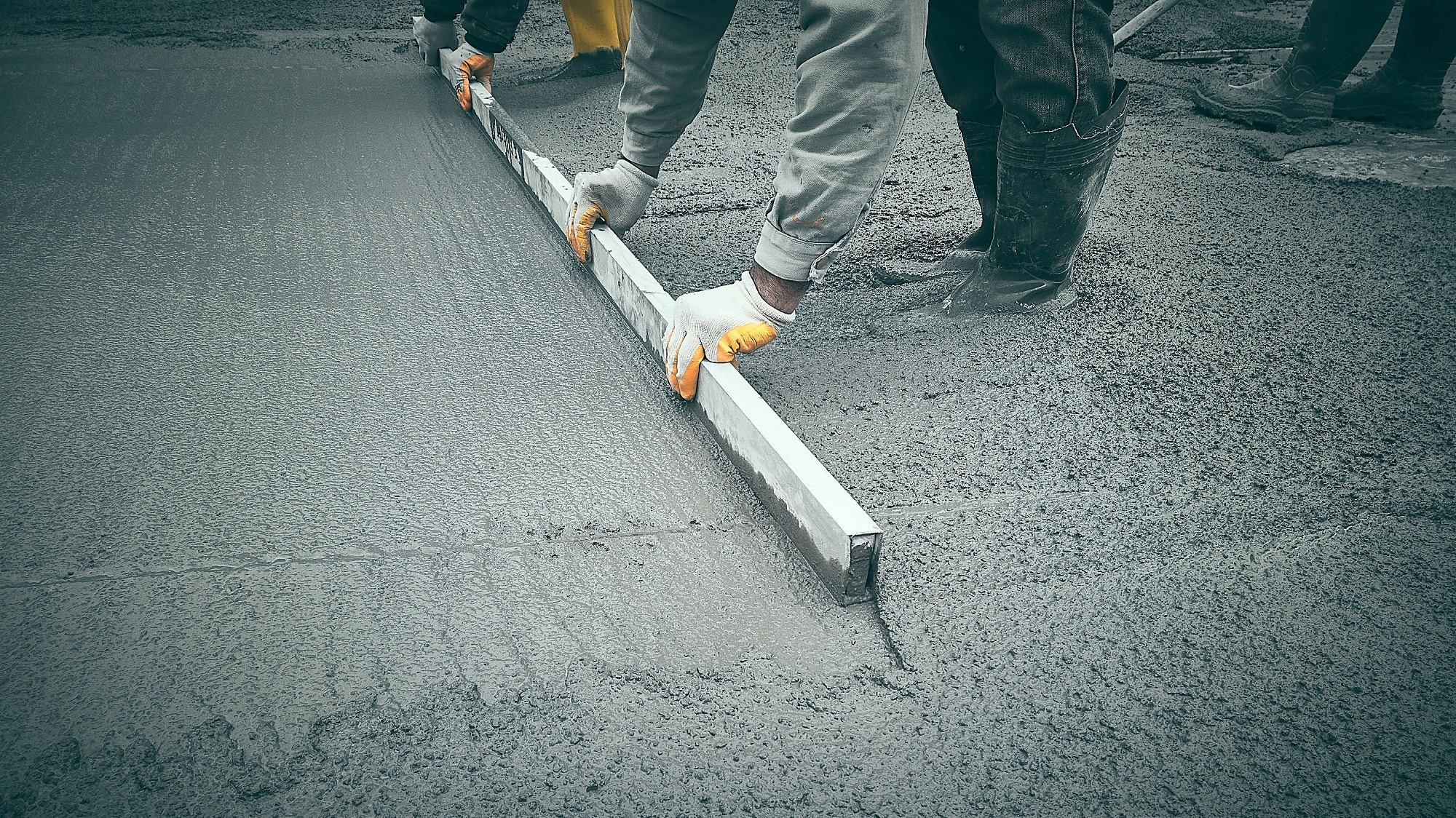 By Nidhi DhullReviewed by Susha Cheriyedath, M.Sc.Jul 31 2024
By Nidhi DhullReviewed by Susha Cheriyedath, M.Sc.Jul 31 2024A recent article published in Buildings investigated the use of attapulgite, bentonite, and sepiolite clays as potential admixtures in concrete to produce low-carbon three-dimensional (3D) printed concrete. The study evaluated how these clays affect the rheological properties of concrete when combined with a binder consisting of 50% ground granulated blast slag (GGBS).

Image Credit: phil_berry/Shutterstock.com
Background
Concrete 3D printing is an innovative technology that reduces material waste, increases construction speed, and enables the creation of complex and customized shapes, which are difficult to realize with conventional methods. However, most 3D-printed concretes today comprise high cement content, leading to high embodied carbon.
As such, different supplementary cementitious materials (SCMs), such as GGBS, silica fume, and fly ash, have been explored to reduce the environmental impact of 3D-printed concrete. However, admixtures are commonly incorporated into concrete mixes comprising SCMs to retain desirable rheological properties.
Nano-clays have emerged as promising admixtures capable of enhancing the printability of low-cement mixes. Furthermore, incorporating nano-clay into 3D-printed concrete can positively impact its tensile bond strength. This study focused on a low-carbon 3D concrete printing mix with 50 % GGBS as an SCM and evaluated how different types of clays affect its rheological properties.
Methods
A concrete mix was prepared using Irish Cement Type II Portland cement (CEM), GGBS, silica sand, and polycarboxylate (PCE) based superplasticizer (SP). After multiple trials, the water-to-binder ratio (w/b) and sand-to-binder ratio (s/b) were fixed at 0.252 and 1, respectively. Additionally, SP content was selected as 1.2 % of the binder by mass.
Commercially procured attapulgite (ATT), bentonite (BEN), and sepiolite (SEP) clay powders were included in the concrete mixes at dosages of either 0.5 % or 1 % of binder by mass. These clays were used as supplied without any treatment to modify their activity. Overall, eight concrete mixes were prepared, including a reference mix without GGBS or clay and one with GGBS but without clay.
The chemical compositions of the clays were analyzed using X-ray fluorescence (XRF), with the assumption that their carbon footprints were equivalent. For comparison, the carbon factors for CEM, GGBS, and SP were sourced from their respective environmental product declaration documents, while the carbon factor of water was considered negligible. These carbon factors were used to calculate the embodied carbon for one ton of each concrete mix.
To assess the consistency of each mix, a slump-flow apparatus was used. Additionally, compressive strength was evaluated by preparing 50 mm cubic samples, with three samples of each type tested after 28 days of curing. The rheological properties of the concrete mixes were examined using a rheometer, and a hysteresis loop test protocol, based on a controlled shear rate, was applied to each concrete sample three times.
Results and Discussion
The designed concrete mixes exhibited distinct characteristics depending on the type and content of clay used. All clays effectively reduced the carbon footprint of 3D-printed concrete by 46 %, highlighting their potential for low-carbon applications. The researchers compared the clays based on their impact on concrete printability.
The slump-flow diameter decreased linearly with increasing clay dosage, with SEP reducing the diameter 2.8 times more than ATT at a 0.5 % dosage. This reduction signifies improved shape retention of the concrete.
Both SEP and ATT enhanced the compressive strength of the concrete mixes, with increases of at least 25 % and 34 %, respectively. Maximum compressive strength for all clays was observed at dosages between 0-1 %.
Incorporating 50 % GGBS as an SCM caused the concrete to exhibit shear thickening behavior, which negatively affects printability. This behavior became more pronounced with successive flow curves due to the continuous breakdown of the internal structure during rest intervals. SEP was most effective in mitigating this issue, reducing the thickening exponent by 28 % at a 0.5 % dosage.
Lower SP content effectively reversed the stress-to-shear rate relationship to a linear one. Additionally, static yield stress increased almost linearly with higher clay dosages. Notably, 0.5 % SEP outperformed ATT and BEN, achieving improvements by factors of 4.4 and 6.8, respectively. This was attributed to SEP's enhanced buildability, as also evidenced by the slump-flow results.
Conclusion
Overall, the researchers conducted a thorough investigation into the effects of bentonite, attapulgite, and sepiolite clays on the mechanical and rheological properties of low-carbon 3D printable concrete. Rheological tests demonstrated that high content of GGBS and SP resulted in concrete mixes with minimal flow resistance at low shear rates but exhibited thickening at high shear rates. Notably, the addition of clays, especially 0.5 % SEP, significantly enhanced the rheological behavior of the concrete.
Concrete mixes containing SEP showed promising buildability, extrudability, and shape retention. However, none of the mixes fully met the standard criteria for optimal performance. The researchers suggest that adjusting water or SP content might further improve the printability of concrete mixes with 50 % GGBS. To optimize construction materials more effectively, they recommend exploring the development of artificial intelligence-based models.
Journal Reference
Hanratty, N., Khan, M., & McNally, C. (2024). The Role of Different Clay Types in Achieving Low-Carbon 3D Printed Concretes. Buildings, 14(7), 2194. DOI: 10.3390/buildings14072194, https://www.mdpi.com/2075-5309/14/7/2194
Disclaimer: The views expressed here are those of the author expressed in their private capacity and do not necessarily represent the views of AZoM.com Limited T/A AZoNetwork the owner and operator of this website. This disclaimer forms part of the Terms and conditions of use of this website.